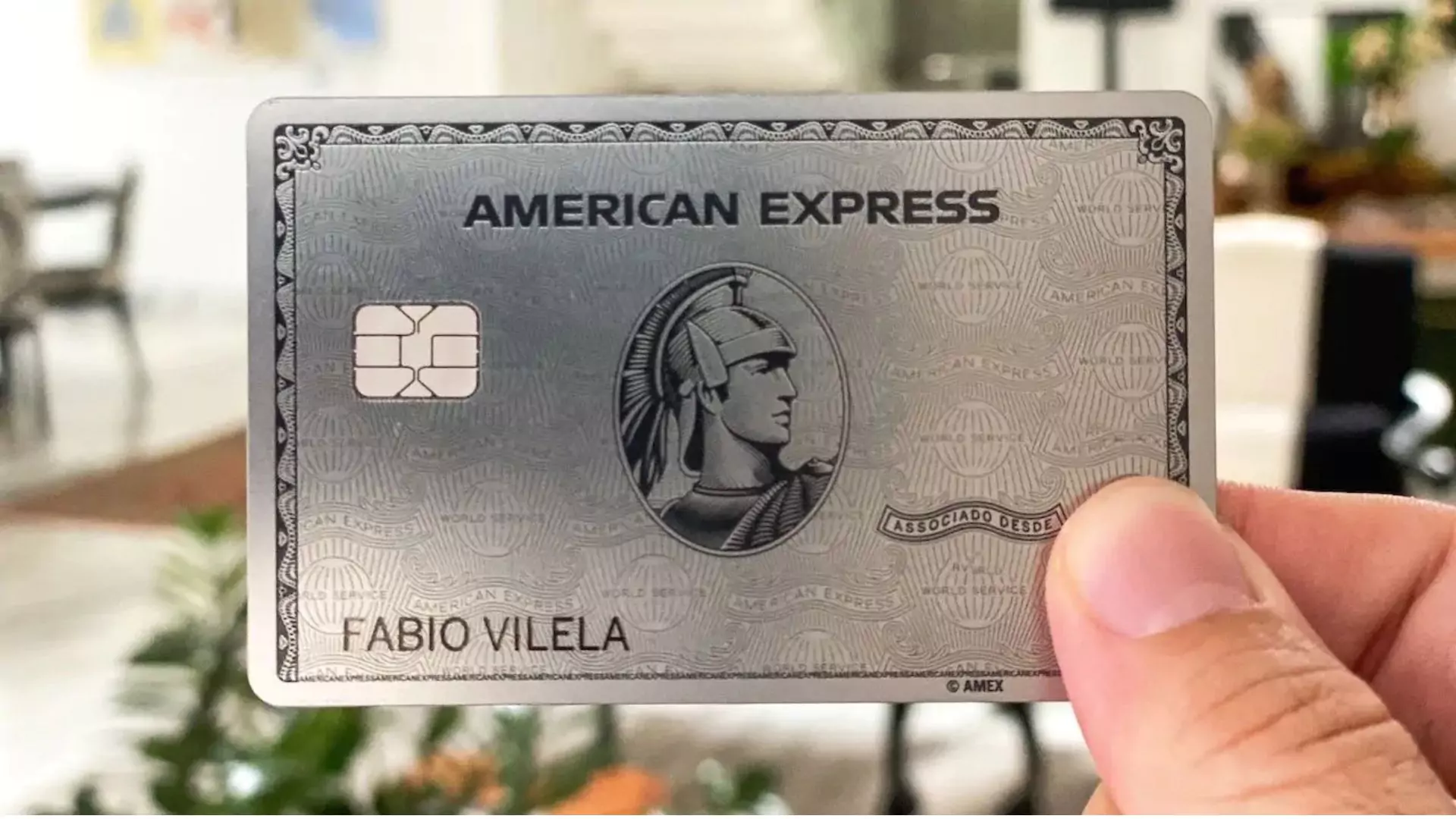In the United States, few cards carry as much weight — both literally and symbolically — as the American Express Platinum. More than just a payment method, the Amex Platinum has become a cultural icon, especially among millennials and Generation Z.
It isn’t just a card; it’s a kind of passport to a luxury lifestyle, exclusive experiences, and, increasingly, a social marker.
The Price of Prestige
The new version of the Amex Platinum comes with an annual fee of $895, nearly $200 more than before. It’s a significant increase, but American Express is betting that its target audience — high-income young people and status-driven consumers — will see the cost as an investment in lifestyle.
The goal is clear: transform the card into something more than accumulated points. The Amex Platinum is sold as a subscription to experiences, with benefits that can exceed $3,500 in annual credits if the cardholder takes full advantage of them.
Benefits That Go Beyond Travel
Historically associated with travel, the Amex Platinum has expanded its list of perks to attract a wider audience. Among its advantages are:
| Category | Benefit |
| Digital Credits | $300 for streaming services, including Disney+ and Peacock |
| Fashion & Wellness | $300 at Lululemon + $200 in Oura products (health monitoring) |
| Premium Travel | $600 in Amex hotel bookings (previously $200) + 5x points on Amex Travel |
| Dining | $400 Resy credit for high-end restaurant reservations |
| Transport & Mobility | $120 Uber One subscription + monthly credits for Uber rides |
| Fitness & Lifestyle | Partnerships with Equinox, Saks Fifth Avenue, and Clear (airport security fast-track) |
For businesses, the Business Platinum goes even further, offering up to $1,150 in Dell credits and extra points on qualifying purchases.
On top of that, one of the card’s strongest draws remains: unlimited access to Centurion Lounges, exclusive airport spaces that have become nearly as coveted as the trips themselves.
Exclusivity That Became a Trend
The metallic finish and distinctive weight of the Amex Platinum have turned it into an object of desire among young people raised on social media. On TikTok, videos of card “unboxings” abound, with users showing off the elegant box, the mirrored shine, and the metallic sound of the card hitting the table.
“Having an Amex Platinum is almost like carrying a designer handbag,” said Rebecca Sowden, a 28-year-old financial content creator. For her, the travel benefits were the deciding factor in applying for the card, but she quickly realized it had also become a status marker among her friends.
This cultural phenomenon reinforces American Express’s strategy: to make the Platinum not just a credit card, but a lifestyle accessory.
The Paradox of Accessible Luxury
Despite its aura of exclusivity, the Amex Platinum is no longer as restrictive as it once was. In the past year, 75% of new Platinum and Gold accounts were opened by millennials and Gen Z, according to Amex. This expansion has brought prestige, but also criticism.

Some customers complain that the benefits feel like “disguised coupons,” requiring use at specific brands. Others point to overcrowded lounges that once were temples of quiet and are now compared to bustling student cafeterias. Still, some argue that they would pay even more for the annual fee just to restore the sense of lost exclusivity.
A Reflection of a New Generation
The success of the Amex Platinum illustrates a cultural shift in American spending. For younger consumers, it’s no longer enough to accumulate points or build credit; what matters is the experience. Dining at trendy restaurants, accessing premium airport lounges, or redeeming credits with luxury brands are all part of a lifestyle that fuses consumption with identity.
Howard Grosfield, president of Amex’s U.S. Consumer Services Group, summed it up: “We’re not trying to appeal to every millennial and Gen Z. Our focus is on the truly premium segment within these generations.”
That strategy seems to be paying off. Gen Z still accounts for just 5% of Amex’s total card spending, but they’re growing at the fastest rate of any age group. Millennials alone represent 30% of the company’s total card spending.
More Than Finance, a Cultural Mirror
The Amex Platinum is both a financial tool and a status symbol. It reflects how younger consumers want to be seen: traveling, experiencing, belonging to an exclusive club.
The high annual fee is controversial, but for those who maximize the perks, the card can genuinely “pay for itself.” For others, however, it’s just an expensive piece of metal that reinforces an aspirational aesthetic.
Ultimately, the Amex Platinum shows that money, once filtered through a card, stops being just math — and becomes narrative. A narrative of luxury, belonging, and of a generation that wants more than credit: it wants style.








